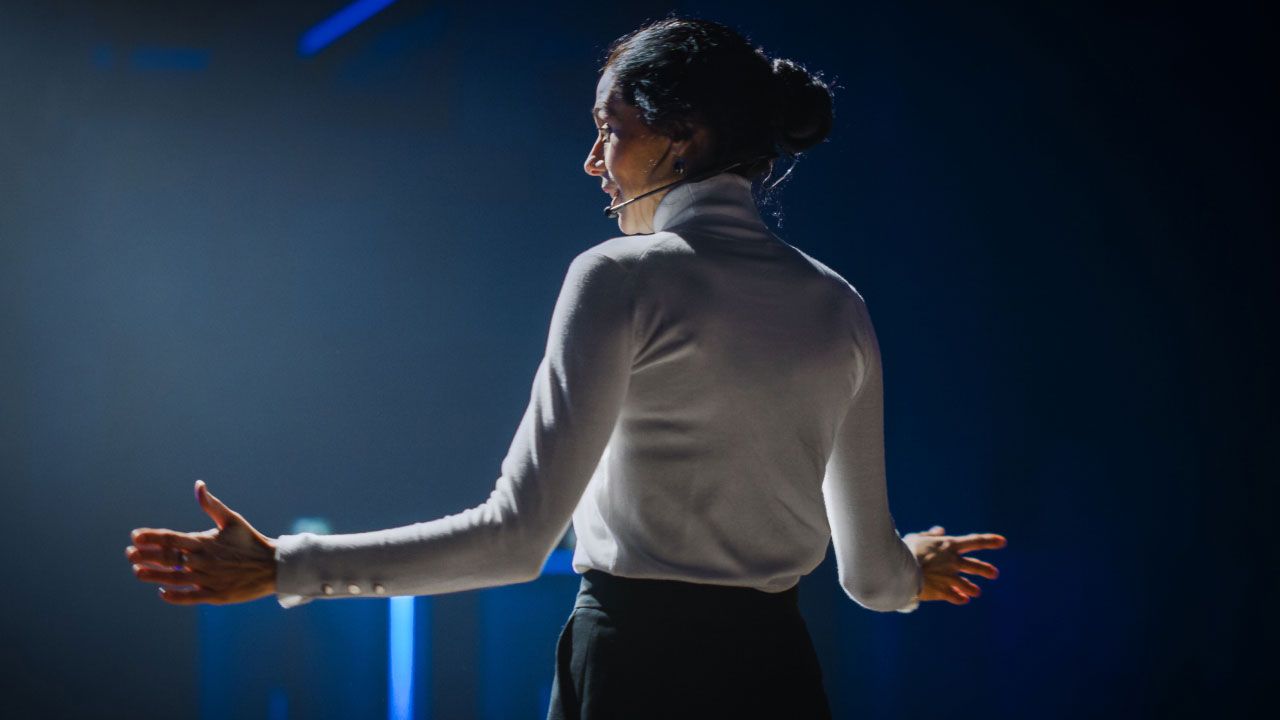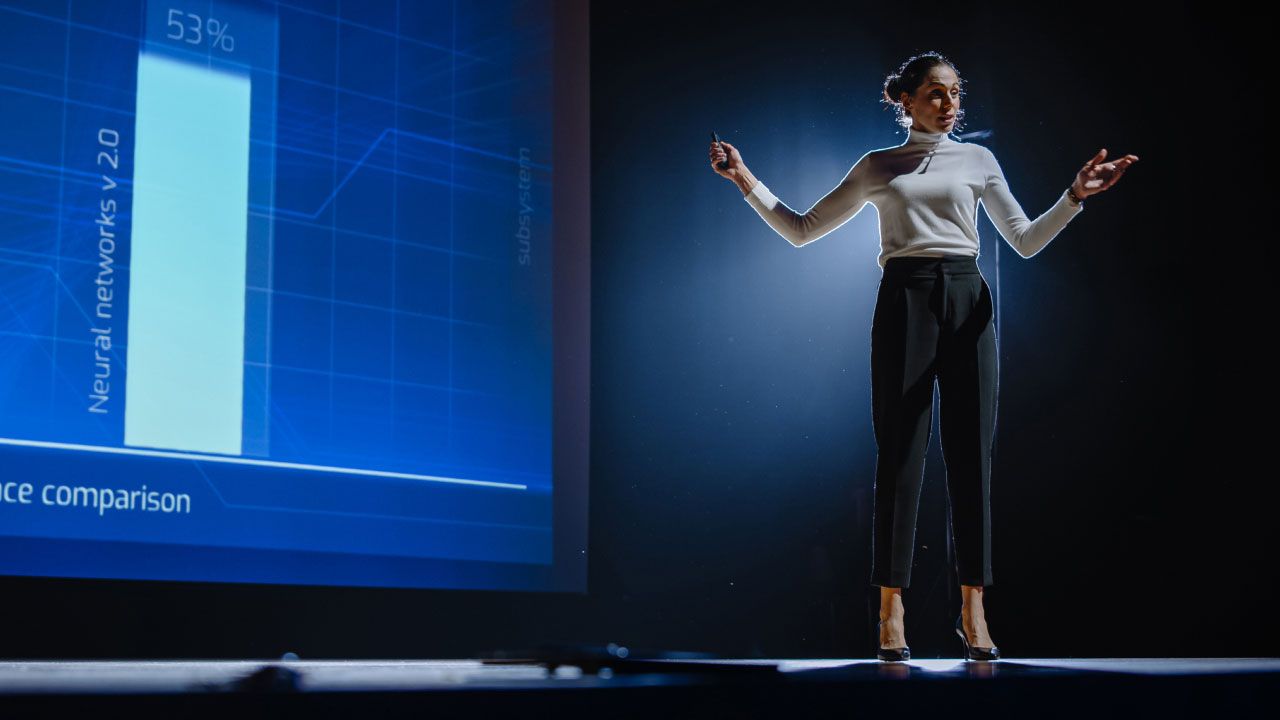The Idea That Power Posture Boosts Your Confidence Fell From Favor
By Remy Meraz • June 20, 2024

Introduction: Debunking the Power Pose
The rise and fall of power posing
Once hailed as a near-magical key to unlock increased self-confidence and influence, the concept of "power posing" has experienced significant scrutiny and debate within the psychological community. Originating from a 2010 study, this idea suggested that holding one’s body in positions of high power—like the widely recognized "Wonder Woman" stance—could catalyze a chain of psychological and physiological changes, boosting confidence and altering hormone levels.
What initially drew attention to power posing?
The allure of power posing was undeniable. Spearheaded by social psychologist Amy Cuddy, the research proposed that just two minutes in a power pose could significantly elevate testosterone levels, decrease cortisol, and increase an individual’s willingness to take risks. Publicized through a viral TED talk, these poses—standing with legs spread and hands on hips or sitting with feet propped up and hands behind the head—quickly embedded themselves in popular culture as tools for anyone to morph into a more powerful person. As this idea spread, it beckoned a deeper dive into the scientific evidence and the potential impacts of body language on life’s many arenas.
Join our Newsletter
Transform your career with our personal growth insights. Get one valuable tip right in your inbox every Saturday morning.
What are Power Poses and How Did They Enter the Mainstream?
Defining power poses
Power poses are specific stances thought to influence the body's physiology and psychological state, potentially leading to increased self-confidence and assertiveness. These poses generally involve taking up more space, such as the "Wonder Woman" stance with hands on hips and feet apart, or sitting with arms behind the head and feet on a desk. These expansive postures are termed "high power poses," in contrast to "low power poses," which are more contractive and closed, like sitting with arms crossed and legs tucked in. The distinction highlights how body posture might modulate one’s feelings of control and dominance.
The early studies and media enthusiasm
The concept gained traction after a 2010 study led by social psychologist Amy Cuddy, which linked these poses to hormonal changes—specifically, increased testosterone levels and decreased cortisol levels. The study's findings suggested that engaging in high power poses for just two minutes could produce significant psychological benefits, such as greater willingness to take risks and a boost in self-confidence. The spread of these ideas was rapidly accelerated by media enthusiasm following Cuddy’s TED talk, which became one of the most viewed talks in the series. The simplicity and accessibility of the power posing technique contributed to its mainstream appeal, promising a quick and easy method to harness one's personal power in various life situations.
Power Posing Stands Up and Gets Noticed
What power poses entail
Power poses involve adopting postures that are open and expansive—occupying space to convey power and dominance. Common examples include standing with one's legs apart and hands on the hips, or sitting with legs stretched out and arms reaching up or resting behind the head. These positions are associated with high power and are contrasted by low power poses, where the body is closed off, such as crossing arms or hugging the body.
Examining the visual impact of power poses
The visual impact of power poses can be profound. In social and professional settings, these postures communicate confidence and can influence the perceptions of others regarding a person’s status and capability. Studies suggest that individuals adopting such stances are often seen as more authoritative and engaging, effectively using physical space to project self-assurance and command attention.

When and Where to Use Power Poses
FOR SPEAKING IN A MEETING: Embrace openness over contraction
During meetings, adopting open, expansive postures can enhance your perceived confidence and authority. Instead of crossing arms or legs, which might signal defensiveness or insecurity, standing or sitting with an open stance (e.g., arms slightly away from the body, feet grounded) helps project engagement and openness to dialogue.
FOR CLOSING A DEAL: The psychology behind the stance
In high-stakes scenarios like closing a deal, power poses can be particularly effective. Leaning forward slightly can convey interest and engagement, signaling to your counterpart that you are actively involved and committed to the negotiation. Such postures communicate confidence and the assurance needed to persuade and lead the discussion toward a positive outcome.
FOR PITCHING AN IDEA: Why less might be more
While powerful poses are beneficial, overusing them during a pitch can seem aggressive rather than assertive. Striking a balance by using expansive poses judiciously—like standing with an open posture when making key points—can enhance your presence without overpowering the room, thus maintaining an approachable and collaborative atmosphere.
FOR INTERVIEWING: Using space to project confidence
When interviewing for a job, using high power poses before and during the interview can enhance your self-confidence and presence. Adopting a posture with your shoulders back and head held high when entering the room sets a tone of confidence. During the interview, maintaining an open posture rather than closed or defensive positions (like crossed arms) can positively influence the interviewer's perception of your confidence and suitability for the role.
FOR CONDUCTING AN INTERVIEW: The subtleties of power dynamics
As the interviewer, it’s important to use power poses to establish authority, yet remain approachable to encourage open communication. Using a neutral pose with slight expansiveness, such as resting an arm on the back of your chair or keeping your body oriented towards the interviewee, can create a balanced power dynamic that fosters both respect and ease.
FOR CHIT-CHAT WITH YOUR BOSS: Balancing assertiveness and approachability
Casual interactions with superiors, like a brief chat with your boss, are ideal moments to use subtler power poses. Adopting a stance with hands on your hips and feet hip-width apart, or sitting with one arm draped over a nearby chair, can project casual confidence without appearing too domineering, maintaining both assertiveness and approachability.
The Scientific Backlash Against Power Posing
Pulling together findings from 88 studies
A comprehensive meta-analysis of 88 studies challenged the robustness of the initial claims made by power posing advocates. Researchers identified inconsistencies in the effects of power poses on hormone levels, particularly testosterone and cortisol. This scrutiny highlighted the variability in hormonal responses, suggesting that the significant benefits of power poses might not be as universal or predictable as initially presented.
Where did the original claims falter?
The original enthusiasm for power posing was largely based on its supposed ability to produce rapid and significant hormonal changes, leading to enhanced confidence and decreased stress. However, subsequent research struggled to replicate these effects consistently across different populations and settings. Critics pointed to the small sample sizes and variability in experimental methodologies as major issues. The findings raised important questions about the scientific evidence supporting power poses, leading to a reevaluation of how and when these postures might actually affect psychological and physiological states.
Join our Newsletter
Transform your career with our personal growth insights. Get one valuable tip right in your inbox every Saturday morning.
Alternatives to Power Posing
Watch your hands: The hidden language of gestures
While power poses focus on overall body posture, the language of hand gestures offers a subtler and often more impactful means of communication. Hands can convey confidence, nervousness, openness, or defensiveness. For instance, open palms can signal honesty and agreement, while pointing or closed fists may convey aggression. Understanding and consciously employing hand gestures can significantly enhance personal interactions by aligning your verbal and non-verbal communication.
Mirror other people's body language: Fostering rapport and empathy
Mirroring—the subtle replication of another's body language—is a powerful tool in building rapport and empathy. By reflecting the posture, gestures, and facial expressions of others, individuals can create a sense of trust and alignment in conversations. This technique is particularly useful in negotiations and personal discussions, where feeling understood and connected can greatly influence the outcome.
Building genuine confidence through proven methods
Beyond body posture, genuine confidence typically develops from a combination of skills, experiences, and positive feedback. Techniques such as setting and achieving small goals, engaging in regular physical activity, and practicing mindfulness are scientifically supported methods to boost self-esteem and self-confidence. These practices help establish a stable foundation of self-assurance that does not rely solely on the physical space one occupies.

Applying the Lessons of Power Posing to Everyday Life
When you're closing a deal: Real strategies that work
In high-stakes situations like closing a deal, the effective use of body language extends beyond traditional power poses. Maintaining an open posture, standing firmly with feet planted and hands visible, can convey confidence and readiness. Engaging directly by leaning slightly forward shows interest and engagement, subtly asserting dominance in the room without overwhelming others. These physical cues, when combined with clear, confident communication, help create an environment conducive to successful negotiations.
Communicating effectively without relying on poses
Effective communication involves more than just the physical stance—it encompasses how you engage with others through eye contact, facial expressions, and active listening. Being fully present in conversations, showing genuine interest, and responding thoughtfully are crucial for building rapport and trust. By focusing on the quality of your interactions rather than just your physical presence, you can influence others positively and assert your ideas more impactfully, fostering a deeper connection and understanding.

Conclusion: Moving Beyond the Pose
The lasting lessons from the power pose debate
The debate over power poses has illuminated the complex interaction between body language and psychological states. While the original study catalyzed a wave of enthusiasm, the scientific backlash urged a more nuanced understanding of how posture can influence confidence and perception. This discourse has underscored the importance of rigorous research and highlighted psychological science's role in exploring the subtleties of human behavior.
How to truly stand out in personal and professional settings
Standing out in both personal and professional settings extends beyond adopting certain postures. It involves cultivating genuine self-confidence through consistent, reflective practices and understanding the psychological principles that govern human interactions. Moving forward, combining knowledge from psychological science with practical experience will offer a more balanced and effective approach to personal empowerment and professional interactions.
Read more about: Well-being, Professional Development, Self Advocacy
About Remy Meraz
Remy Meraz, co-founder, and CEO of Zella Life, is a visionary leader who leveraged corporate glass ceiling challenges as a woman of color to drive systemic change.
While leading and cultivating high-performance teams from VC-backed startups to Fortune 500, she consistently faced obstacles such as inadequate mentorship, lack of psychological safety, and non-personalized training. Taking matters into her own hands, she turned to executive coaching and NLP training. This life-changing growth experience led to breaking leadership barriers and a passion for cognitive psychology.
Motivated by her experiences, she co-founded Zella Life, an innovative AI-driven coaching platform bridging the talent development gap by enhancing soft skills and emotional intelligence (EQ) in the workplace.
Her vision with Zella Life is to transform professional development into an inclusive and impactful journey, focused on the distinct needs of both individuals and organizations. She aims to promote advancement and culture change by ensuring every professional's growth is acknowledged and supported.
Today, Remy is recognized as an influential innovator, trainer, mentor, and business leader. Under her leadership, Zella Life has delivered significant measurable outcomes for numerous well-known brands. This track record of positive outcomes garnered attention and funding from Google for Startups and Pledge LA, establishing Zella Life as a pivotal force in the learning and development arena tackling and resolving fundamental talent development issues for organizations of all sizes.